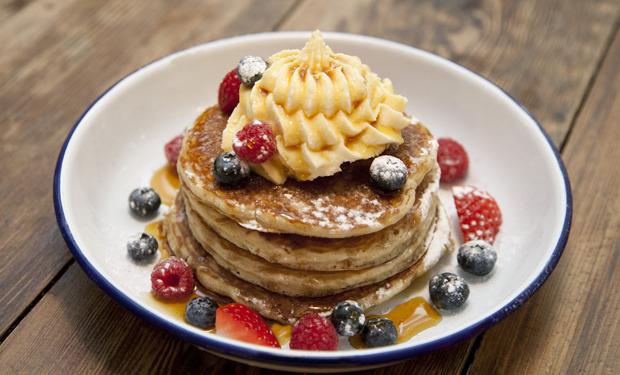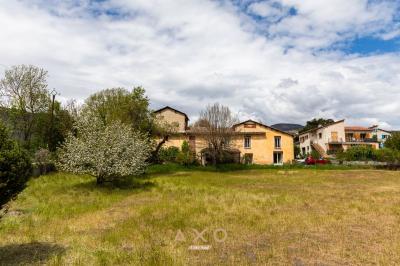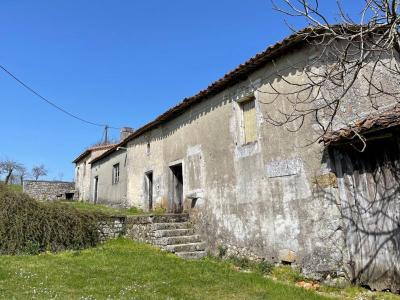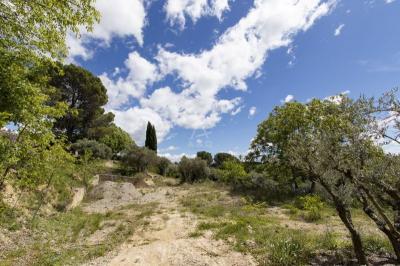UK Pancake Day celebrations and yummy recipe
Shrove Tuesday in February means that across the UK there will be people practising their pancake tossing !
Pancake Day, or Shrove Tuesday as it is more formally known, is a much loved day in the calendar as it a day to indulge yourself by eating delicious pancakes!
Of course even if you are in France on a viewing trip with one or more of the Cle France agents there is no need to miss out on your pancakes, in fact everyday is like pancake day at a French market where they is nearly always a Crepe stand serving freshly made French crepes, so another reason to buy a house in France! See how the French celebrate here.
So how did Shrove Tuesday start? Well the word ‘Shrove' comes from the old English word ‘shrive' which means to confess ones sins. The tradition of Shrove Tuesday began when Christians had to clear out their pantry before Ash Wednesday which marks the start of Lent. Today many people give up just one thing for Lent, however hundreds of years ago all meats, eggs, milk and other rich foods were given up for 40 days to remember when Jesus went into the desert and fasted for 40 days and 40 nights. The idea was that instead of throwing out the fats and eggs; they should be used to make pancakes as a final feast before the fasting period began.
As well as Shrove Tuesday being a day for making pancakes we must not forget it is also a day for pancake races. This tradition is thought to have began in Olney, Buckinghamshire in 1445 when a woman was making pancakes and she forgot the time. Then suddenly she heard the church bells ring to signal the start of the service and in her panic she ran out of the house and to the church still holding the frying pan with the pancake inside. Pancake races are held in villages and towns across the country, usually with several different races so that all ages can take part. The race usually requires the competitors to run a course while tossing a pancake in their frying pan; the winner is the person who crosses the line first after tossing the pancake a certain number of times.
Our Pancakes above may be a little fancy but all Pancakes are delicious, when cooked right. If you have not tried before or struggle to make perfect pancakes, why not follow this simple recipe by Delia Smith.
Traditional Lemon & Sugar Pancake Recipe
Makes: 12-14 pancakes
Preparation time: 30 mins
Frying pan: Good heavy one not more than 7 inches / 18 cm in diameter (inside base)
Ingredients
For the pancake mixture:
110g/4oz plain flour, sifted
pinch of salt
2 large eggs
200ml/7fl oz milk mixed with 75ml/3fl oz water
50g/2oz butter
To serve:
caster sugar
lemon juice
lemon wedges
Method
Sift the flour and salt into a large mixing bowl with a sieve held high above the bowl so the flour gets a airing. Now make a well in the centre of the flour and break the eggs into it. Then begin whisking the eggs - any sort of whisk or even a fork will do - incorporating any bits of flour from around the edge of the bowl as you do so.
Next gradually add small quantities of the milk and water mixture, still whisking (don't worry about any lumps as they will eventually disappear as you whisk). When all the liquid has been added, use a rubber spatula to scrape any elusive bits of flour from around the edge into the centre, then whisk once more until the batter is smooth, with the consistency of thin cream. Now melt the 50g/2oz of butter in a pan. Spoon 2 tbsp of it into the batter and whisk it in, then pour the rest into a bowl and use it to lubricate the pan, using a wodge of kitchen paper to smear it round before you make each pancake.
Now get the pan really hot, then turn the heat down to medium and, to start with, do a test pancake to see if you're using the correct amount of batter. I find 2 tbsp is about right for an 18cm/7in pan. It's also helpful if you spoon the batter into a ladle so it can be poured into the hot pan in one go. As soon as the batter hits the hot pan, tip it around from side to side to get the base evenly coated with batter. It should take only half a minute or so to cook; you can lift the edge with a palette knife to see if it's tinged gold as it should be. Flip the pancake over with a pan slice or palette knife - the other side will need a few seconds only - then simply slide it out of the pan onto a plate.
Stack the pancakes as you make them between sheets of greaseproof paper on a plate fitted over simmering water, to keep them warm while you make the rest.
To serve, sprinkle each pancake with freshly squeezed lemon juice and caster sugar, fold in half, then in half again to form triangles, or else simply roll them up. Serve sprinkled with a little more sugar and lemon juice and extra sections of lemon.
Recipe Source: Delia Smith - Complete Cookery Course Book
Blog submitted by: Alex at Cle France.







